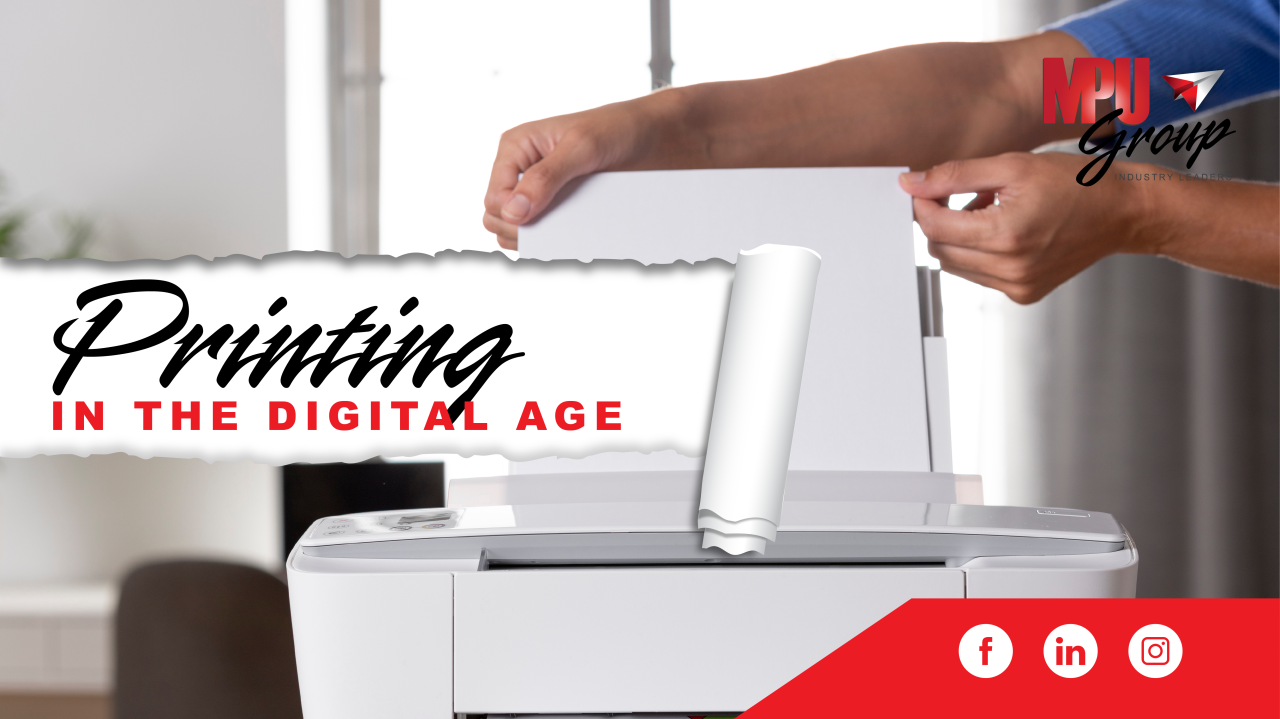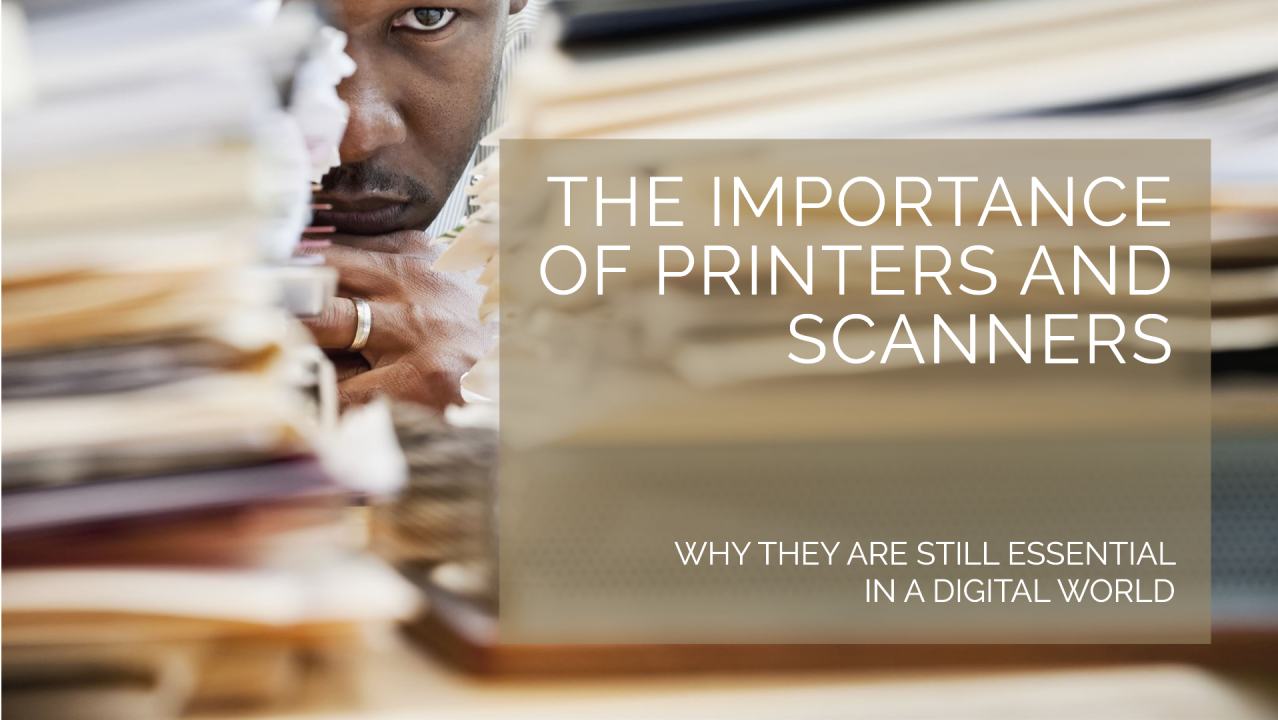How Printers Remain Essential in a Digital Age
In a world increasingly dominated by digital technology, the role of printers might seem obsolete to some. However, printers continue to be an essential tool for businesses, homes, and educational institutions. While much of the work we do today can be completed online, there are several reasons why printers remain relevant in the digital age. From documentation needs to creative projects, printers still provide valuable benefits that digital devices alone cannot always offer.
The Need for Physical Documentation
Despite the rise of digital documentation, physical copies are still required in many fields. Legal, healthcare, and government sectors often require signed forms, contracts, and records to be printed for compliance, documentation, or authentication purposes. Printed copies are easier to handle, file, and store, making them indispensable in professions where legal and official documentation is vital. Even in the corporate world, printed documents often carry more weight than digital files, especially when it comes to meetings, presentations, and official correspondences.
Enhancing Productivity in the Workplace
In offices around the world, printers continue to play a key role in ensuring smooth daily operations. While computers and digital devices are central to modern business workflows, printers remain an essential tool for producing reports, invoices, presentations, and other business-critical documents. Printer technology has evolved significantly, enabling faster printing, duplex printing, and high-quality color printing, which help businesses stay efficient and productive. The ability to quickly print hard copies is crucial for meetings, collaboration, and decision-making, making printers a necessity in many office environments.

Personal Use and Home Printing Needs
At home, printers are still incredibly useful, especially for families with children or individuals who engage in creative hobbies. For students, printers are vital for completing school projects, printing research papers, and even creating study materials. Parents use printers to print out important forms, tickets, and labels. Additionally, hobbyists such as photographers or artists use printers to bring their digital creations into the physical world. The ability to print high-quality photos or artwork is still something digital devices cannot replicate, ensuring printers remain relevant for personal use.
Education and Learning
In educational settings, printing technology continues to be a cornerstone. While online resources and digital assignments are becoming more common, physical textbooks, worksheets, and handouts still play a significant role in learning. Many students prefer reading from paper, and printouts make it easier for teachers to create learning materials, quizzes, and assignments. For students who may not have reliable internet access, printing out research materials or assignments provides a more equitable solution. Furthermore, printed educational resources allow for hands-on learning, such as workbooks and interactive print materials, which enhance the learning experience.
The Importance of Print in Marketing and Branding
Despite the prominence of digital marketing, print media is still a critical component of many businesses’ marketing strategies. Flyers, brochures, business cards, and posters remain effective in reaching potential customers. Many businesses find that having printed materials at trade shows, conferences, or in-store promotions significantly boosts their visibility and brand recognition. Well-designed print advertisements stand out in a way that digital ads cannot always replicate, creating a tactile connection with the audience. For local businesses, printed materials often complement their digital presence, ensuring they reach a broader audience.
Personalization and Customization
Printers have made personalization and customization easier than ever before. Whether it’s printing personalized greeting cards, custom invitations, or tailored gifts, home printers are often used to create unique items for personal or business purposes. Inkjet and laser printers can produce high-quality images and text, allowing people to customize their items in ways that digital-only experiences cannot replicate. Printing offers a tactile and personal touch that is highly valued for events like weddings, birthdays, and holidays.
Sustainability and Eco-Friendly Printing
While printing does have environmental impacts, many printer manufacturers are focusing on creating more sustainable solutions. Modern printers are designed to use less ink, paper, and energy, and recycling programs for ink cartridges and paper have become more widespread. Additionally, digital documents can be easily printed only when necessary, reducing unnecessary waste. Many organizations are adopting green printing practices, including double-sided printing, to further reduce their carbon footprint. As technology advances, eco-friendly options like using biodegradable paper and more efficient energy systems in printers continue to emerge.
Conclusion
Despite the overwhelming growth of digital technologies, printers remain an essential tool in many aspects of our lives. Whether it’s for business operations, personal projects, or educational purposes, printers continue to serve vital functions that digital devices alone cannot replace. From creating hard copies of important documents to enabling creativity and personal expression, printers have adapted to the changing technological landscape and remain a critical component in both professional and personal settings. As technology continues to evolve, printers will likely continue to play a key role in bridging the gap between the digital and physical worlds.



